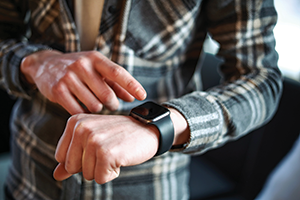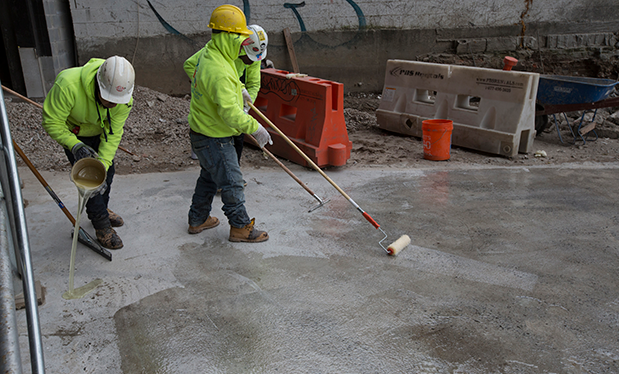How to protect your company from a ransomware attack

|
As the construction industry’s value continues to grow, cybercriminals are taking notice. Small businesses may be especially vulnerable to cyberattacks if company owners have not implemented appropriate defensive measures.
According to uschamber.com/co, small businesses are targeted in 71% of all ransomware attacks, and these attacks often are successful and costly.
Following are some precautions you can take to prevent criminals from infiltrating your company’s system.
- Ensure your software is up to date. Software providers issue periodic updates that include important security patches and upgrades. It is important to update your security programs regularly and promptly.
- Layer security measures. Use more than one security tool, such as a firewall, anti-virus software, anti-malware software, spam filters and cloud data loss prevention. Most experts recommend using a combination of tools so if one fails, there are backup protections in place.
- Conduct awareness training. Employees can compromise the security of a company’s data and systems through negligence or human error. It is crucial to educate them about ransomware and how they can help prevent an attack.
- Configure access controls. It is important to actively manage who can access your information, giving minimal access to files, programs and accounts only to those who need it.
- Implement multifactor authentication or two-factor authentication, which is when a user needs to provide more than a single factor—such as a username and password—to access a platform, system or network. Additionally, be sure your employees are setting strong passwords.
- Back up everything. If your system gets compromised, you can avoid having to pay a ransom by backing everything up regularly—every day, if possible.
- Enable strong spam filters to your email and other messaging services to reduce the risk of phishing. There will be less risk of your employees falling for a scam and inadvertently introducing malware into your system.
Innovative construction wearables are reshaping safety

|
Wearable construction technology, which includes any device construction workers wear on their bodies, may be a valuable resource to help eliminate construction worker fatalities and injuries, according to bigrentz.com.
User-friendly and powerful wearable technology—including smartwatches, boots and helmets—are influencing the future of construction safety and designed to keep workers safe, healthy and productive.
Following are examples of construction wearables and their features.
- Smartwatches: These devices are capable of monitoring activity data, detecting falls and enabling safe communication.
- Smart boot: This piece of wearable technology can detect pressure and location without needing to be regularly charged.
- Smart hard hat: The hat contains a sensor band capable of detecting fatigue, preventing microsleep and sensing proximity.
- Augmented reality glasses: These goggles protect workers’ eyes and also display vital information about leading edges, hazardous materials and safety protocols.
- Body wear: These wearable devices increase safety in various ways, such as heat tracking, gas detection and reducing muscle fatigue.
There also are construction wearables that help monitor the mental health of construction workers, which has become a growing concern. These products reportedly help workers track their moods during the day and spot trends in their mental health.



